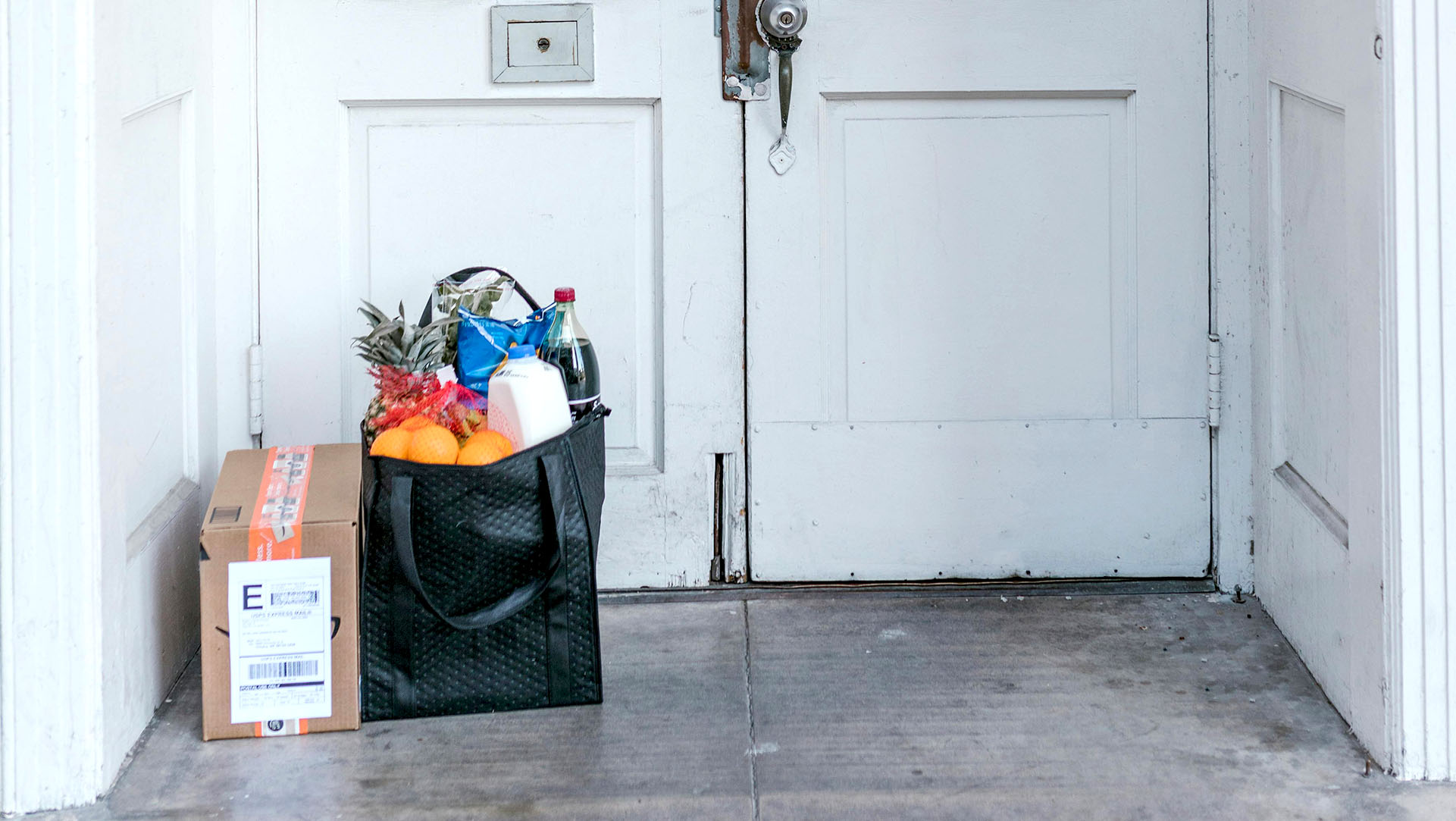Published by
Grocery delivery is a vast market, with the online grocery customer base amounting to roughly 150 million shoppers. Gone are the days of traditional in-store processes and employee interactions during grocery shopping. In this digital age, tech-first companies have entered the scene, and major grocers are revamping their operations with cutting-edge technology to stay ahead of the game.
Brick-and-mortar grocery stores have had a head start, while tech-first grocers have struggled with a rocky beginning trying to gain market share. But digital experiences and technology can transform the grocery operations of companies young and old, and grocers are utilizing tech tools to progress and grow. Traditional stores currently dominate the market, but they have realized that restricting themselves to old-fashioned systems will hamper progress. Brick-and-mortar grocers effectively using tech will prevent new competitors from swiping their long-held title.
The Undefeated Boss in Grocery
Brick-and-mortar stores like Walmart and Kroger have built successful consumer relationships over many decades, leading to loyal customers and sturdy operations. Whether it was because of their well-planned in-person customer experiences or in-store loyalty rewards, consumers see brick-and-mortar stores as irreplaceable.
As grocery stores have been around for over a century, shoppers have naturally built a routine of going in-store for their weekly necessities. That familiarity of grocery stores would be difficult to replace, with many other advantages customers enjoy, such as browsing and testing products in person. That physical interaction and in-person contact are practices that online grocers can’t provide digitally.
Physical interactions help build a unique bond with shoppers, giving traditional stores the upper hand in connecting with customers. Maintaining relationships with buyers is a task that can be successfully accomplished through in-store clerks, as they are more capable of understanding the customers.

This people-first approach is the perfect foundation to build on, thanks to their cemented brand and loyal customer base. Grocers enjoy easy access to the delivery market and have the ideal understructure for implementing technology into processes.
Tech vs Tradition
Tech-first companies like Amazon are attempting to carve out a space in the grocery market, offering some competition. While their tech-first approach has offered limited returns, they have begun to recognize the value of brick-and-mortar stores and are quickly gaining momentum as they mature their brand with in-store experiences. They understand that technology can provide services beyond human capability, and the opportunities it offers go beyond the traditional grocery model.
Technology boasts numerous benefits that can transform operations, from inventory to waste management that would be unattainable from human hands alone. For example, grocers can establish food safety and sustainability by using cameras to track food waste while managing shelf-life. Tech can also refine inventory management by informing employees of product availability and improving data collection. The digitization of inventory and waste processes can improve efficiency by minimizing errors and saving time. Thus, tech-enabled grocery stores speed up production, making in-store and delivery operations smoother.
Applying technology in internal processes can also assist workers in providing exceptional customer service. For example, an app on an employee’s phone can ensure that e-commerce orders are completed quickly and accurately in curbside pickups. The latest Android apps allow workers to easily see an item name and product location as well as providing possible customer preferences if substitutions are required. This is a perfect example of how innovative tech can enhance customer and employee experience while sustaining operational efficiency.
Target is a good example of a traditional grocer investing in technology to win in the digital grocery world. With the CEO of Target affirming that the future of retail is digital, he plans to use the physical stores as pick-up-centers for online orders. Ultimately, tech alone may not be able to completely replace the human experience for grocery delivery, but it can be the perfect partner to streamline processes and guide workers through essential functions. The grocers that combine the human touch with savvy technology implementations are building a legacy that will reign over the grocery delivery market in the long term.
In the battle between tech-first and traditional grocers, consumers will always appreciate in-store experiences, but technology will also provide convenience to both shoppers and grocery employees. Technology alone will always lose, but the perfect omnichannel shopping blend can be achieved by balancing the latest innovations with old-fashioned human helpfulness. The duel between tech and tradition can end in a truce.
Share:
Categories
tags
Related Posts

The Value of Agency Project Managers

Your Guide to a Product Analytics MVP


